I love rainwater in my basement!
Recently I installed a Rainwater harvesting system on a 1200 sqft ranch home in surburban Allentown, Pennsylvania. You can likely duplicate this system in your home or business.
The collection system stores water in a basement, filters it, pressurizes it and distributes it to the toilets, garden hoses, and washing machine.
The system should save about 5000 gallons per year per person in your household (if you size the collection vessel(s) properly.)
It may sound a little tricky to install, but I have included pictures, a YouTube video, basic instructions, and a spreadsheet of all the parts/ tools you will need to take on this endeaver. You can do this with minimal plumbing knowledge!
UPDATE 12-19-15: The washing machine Y has continued to be an issue. I had to replace with a solid brass Y and separate 90 degree shut off globe valves. Luckily my washing machine is in the garage so a leak was not a huge issue.
Update 3-29-17: System still working well. Added a 4' long transparent section of tubing at the drain valve located at the far end of the system. This enables a quick level check without having to drill into the barrels. I secured the top with a zip tie and keep the valve closed. Ultimately I want to install a high level sensor float switch and a solenoid cutoff at the in-feed line. (Thus preventing an overfill scenario) Currently the system if totally full just backs up to the gutter collectors, but that is not a good fail safe in my opinion. I also added a wifi plug to the rainwater pump, that way i can shut it off when on vacation from my phone. I use the insignia ones, as It is very reasonably priced - though it would be nice to have a next compatible one that can sense when we away. Also, the PEX tubing is starting to have some issues due to freezing w/o too much trouble and UV exposure on the outside of the house. I have patched a few leaks, but suspect that I might need to replace the outside tubing with something else more durable or just replace it periodically, as it is not that expensive.
Side Note: The round in-feed screen filter has to be cleaned pretty regularly as I have trees around the home. If it is not cleaned, the flow goes to a trickle and you can not capture the water well during a storm. Clean those gutters!
1) Decreases your water bill by around 5000 gallons per person per year
2) Decreases load on the storm system in your neighborhood
3) Decreases the amount of water that will try to seep into your foundation
4) Decreases the amount of power consumed by your water utility, indirectly allowing them to keep costs lower for you.
5) Decrease costs associated with maintaining your water softener - as less water will need to be softened
6) Increase water softness so that clothes and vehicle wash more easily & you can use less laundry detergent / soap - thus polluting less. Update: I am not using the rainwater for the washing machine any more, only the toilets. The system just doesn't collect enough water to make it practical, also the water quality varies.
7) Eliminates sudden temperature/pressure changes in a shower when someone flushes a toilet, uses the washing machine, or a garden hose.
8) Increases anticipation of arriving storms - it's essentially raining free money for you to enjoy!
If you are feeling really ambitious and are able to collect the grey water from your bathroom sinks, showers, tubs, and laundry - this water can be recycled and filtered one more time in an auxillary system to supply water to the toilets and the garden hoses - though you will have to ensure that all of your soaps are bio friendly. Depending on your location, installing an inline UV sterilization filter may also allow you to use the water you collect for consumption.
Note: You should not collect the water from a kitchen sink, toilet, dishwasher as this becomes known as black water and must be sent into the sewer or septic system.
| rainwater_bill_of_materials.pdf |
| rainwaterbom.xls |
| | |

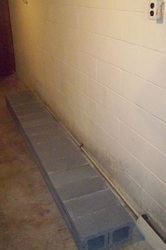
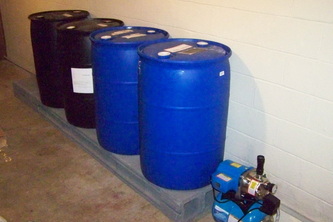
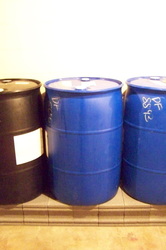
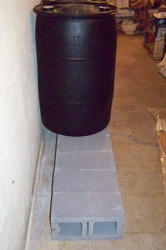
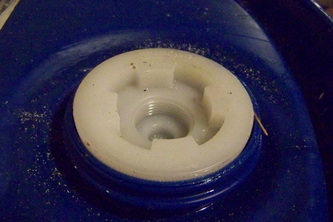
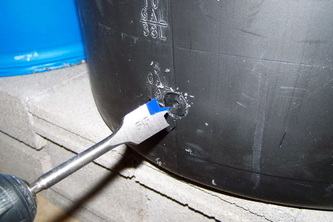
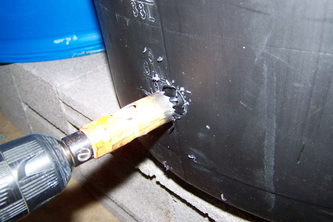
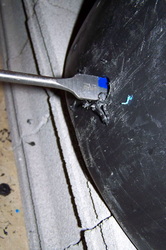

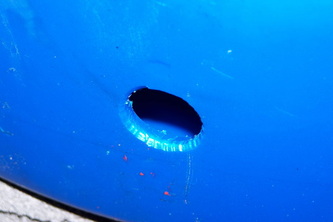
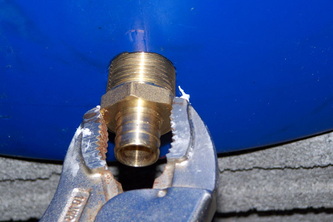
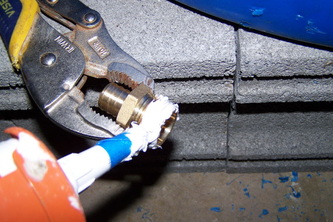
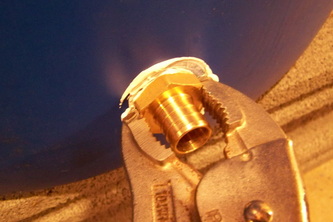
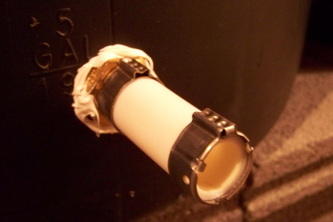
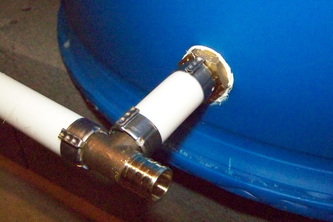
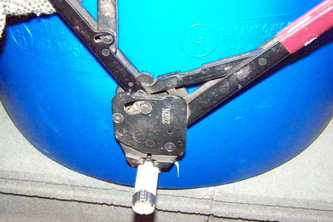
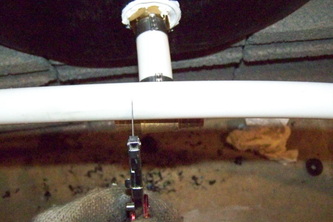
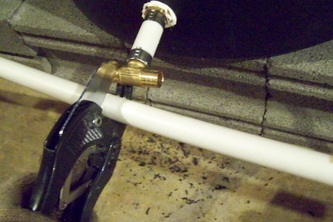
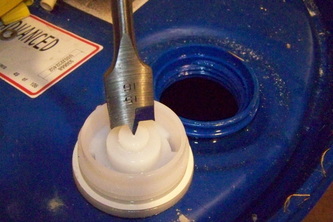
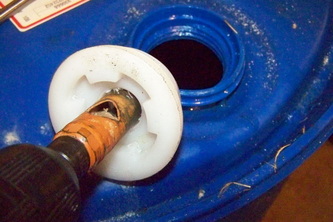
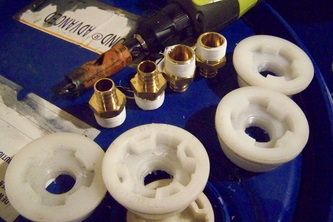
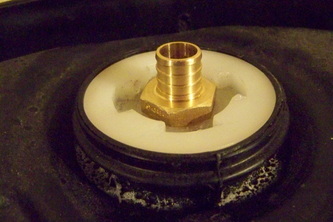
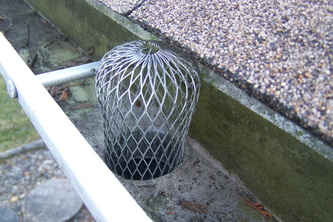
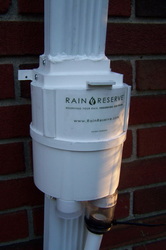
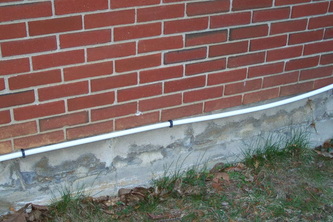
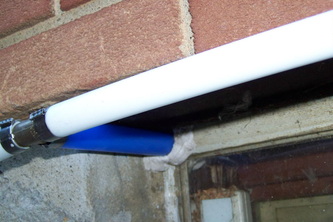
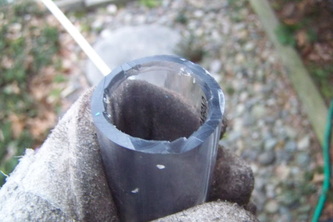
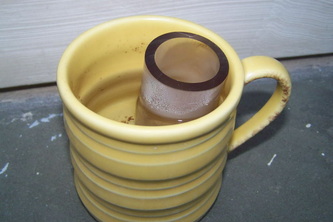
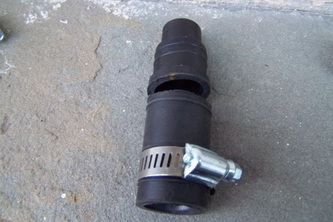

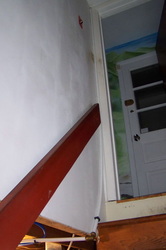
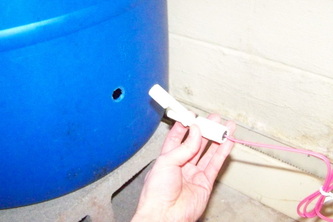
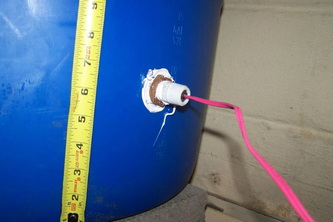
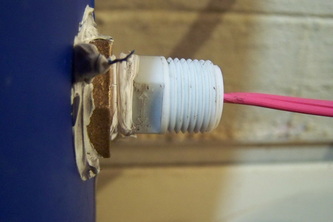
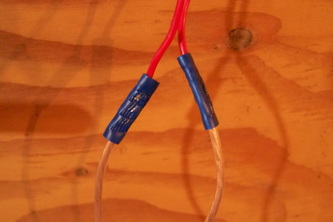
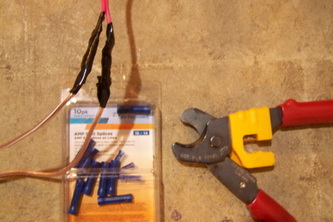
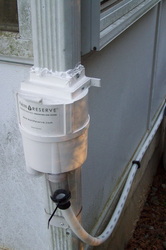
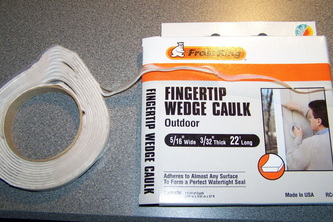
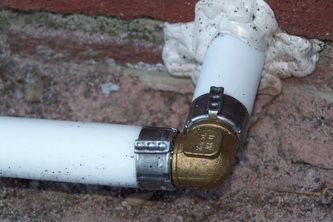

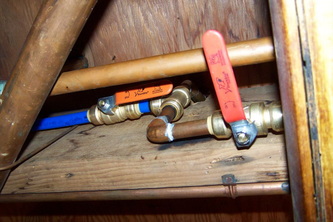
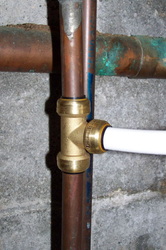
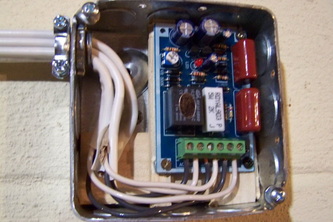

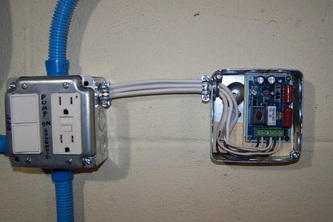
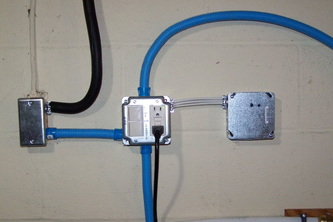
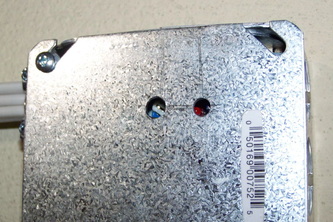
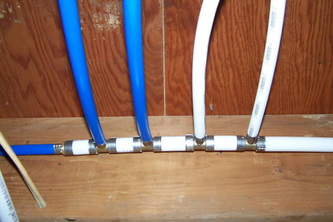
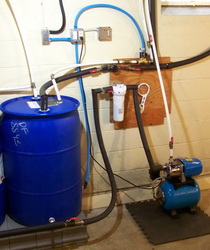
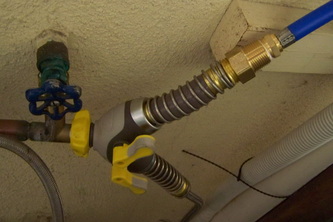
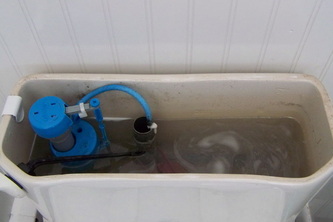
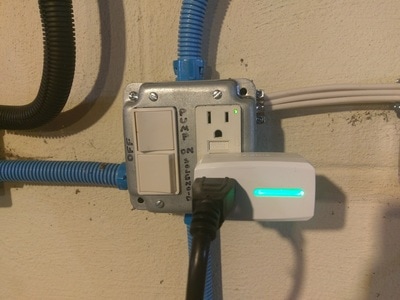
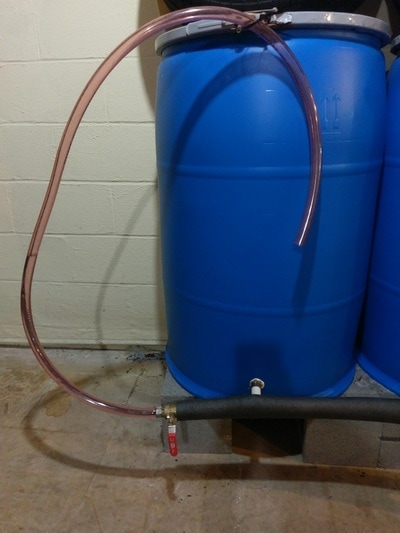

 RSS Feed
RSS Feed




